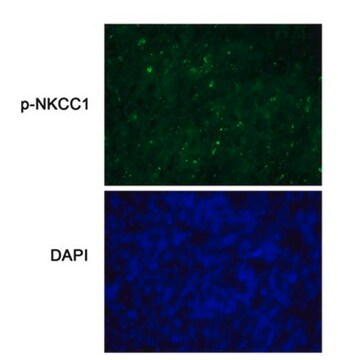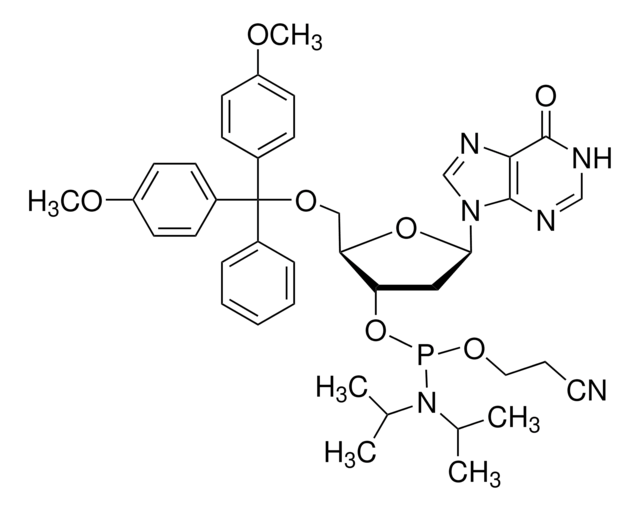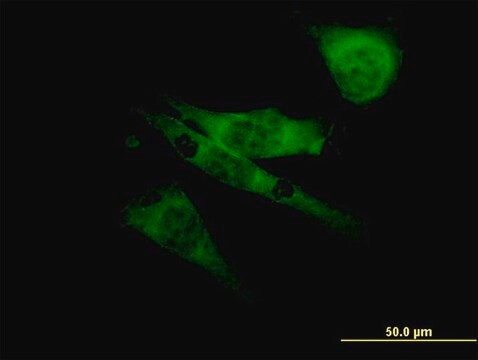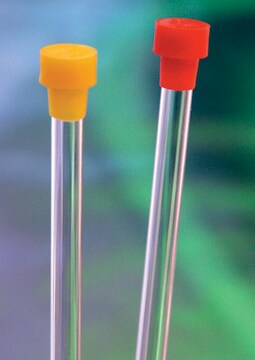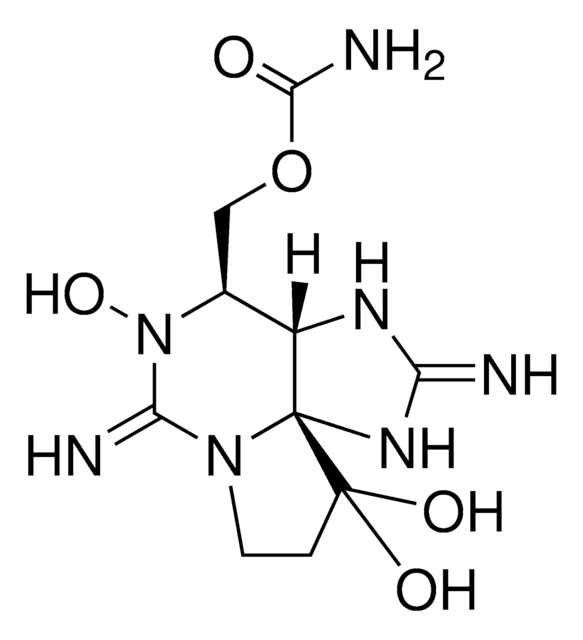MABN616
Anti-Potassium Channel Kv1.1 Antibody, clone K36/15
clone K36/15, from mouse
Sinónimos:
Potassium voltage-gated channel subfamily A member 1, RBKI, RCK1, Voltage-gated potassium channel subunit Kv1.1
About This Item
Productos recomendados
origen biológico
mouse
Nivel de calidad
forma del anticuerpo
purified antibody
tipo de anticuerpo
primary antibodies
clon
K36/15, monoclonal
reactividad de especies
mouse, rat
técnicas
immunofluorescence: suitable
immunohistochemistry: suitable
western blot: suitable
isotipo
IgG2bκ
Nº de acceso NCBI
Nº de acceso UniProt
Condiciones de envío
wet ice
modificación del objetivo postraduccional
unmodified
Información sobre el gen
rat ... Kcna1(24520)
Descripción general
Especificidad
Inmunógeno
Aplicación
Neuroscience
Ion Channels & Transporters
Immunofluoresense Analysis: A representative lot from an independent laboratory detected Potassium Channel Kv1.1 in Kv1.1 transfected COS-1 cells (Tiffany, A. M., et al. (2000). J Cell Biol. 148(1):147-158.).
Immunhistochemistry Analysis: A representative lot from an independent laboratory detected Potassium Channel Kv1.1 in Kv1.1 transfected COS-1 cells (Wenzel. H. J., et al (2007). Epilepsia. 48(11):2023-2046.).
Immunohistochemistry Analysis: A representative lot from an independent laboratory detect Potassium Channel Kv1.1 in wild type mouse hippocampus tissue, and demonstrated a loss of signal in Potassium Channel Kv1.2 knock out mouse hippocampus tissue (Prof. J. Trimmer, University of California, Davis.).
Calidad
Western Blotting Analysis: 2 µg/mL of this antibody detected Potassium Channel Kv1.1 in 10 µg of mouse brain tissue lysate.
Descripción de destino
Forma física
Almacenamiento y estabilidad
Nota de análisis
Mouse brain tissue lysate
Otras notas
Cláusula de descargo de responsabilidad
¿No encuentra el producto adecuado?
Pruebe nuestro Herramienta de selección de productos.
Código de clase de almacenamiento
12 - Non Combustible Liquids
Clase de riesgo para el agua (WGK)
WGK 1
Punto de inflamabilidad (°F)
Not applicable
Punto de inflamabilidad (°C)
Not applicable
Certificados de análisis (COA)
Busque Certificados de análisis (COA) introduciendo el número de lote del producto. Los números de lote se encuentran en la etiqueta del producto después de las palabras «Lot» o «Batch»
¿Ya tiene este producto?
Encuentre la documentación para los productos que ha comprado recientemente en la Biblioteca de documentos.
Nuestro equipo de científicos tiene experiencia en todas las áreas de investigación: Ciencias de la vida, Ciencia de los materiales, Síntesis química, Cromatografía, Analítica y muchas otras.
Póngase en contacto con el Servicio técnico